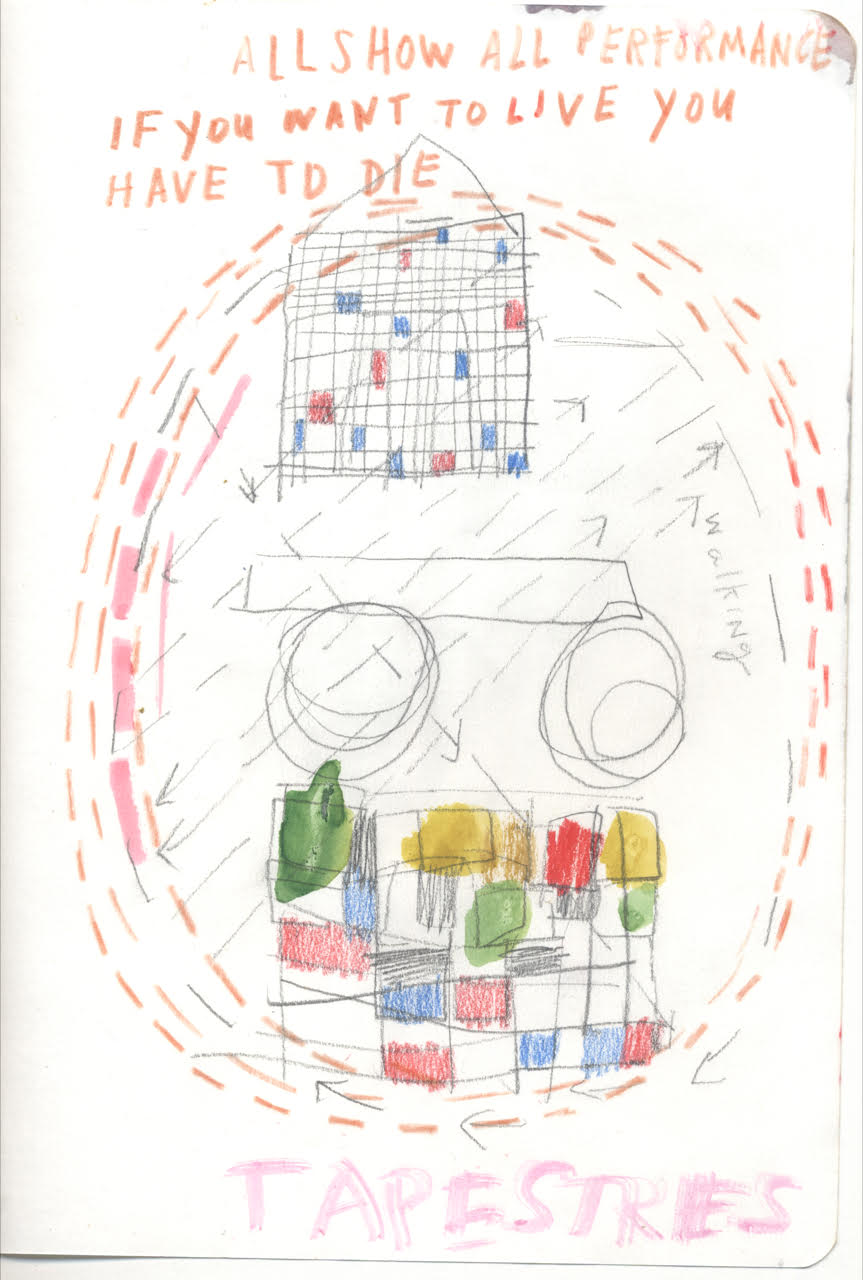
“I don’t believe in my name, or even in me existing.”
—Susan Cianciolo
You have reached your article limit
Sign up for a digital subscription and continue reading all new issues, plus our entire archives, for just $1.50/month.
Already a subscriber? Sign in




